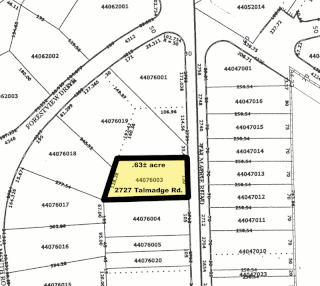The Land Title and Survey Authority of British Columbia (LTSA) is a publicly accountable, statutory corporation which operates and administers the land title and survey systems in British Columbia, Canada. The LTSA delivers secure land titles through timely, efficient registration of land title interests and survey records; these services are an essential underpinning to BC’s private property market and the civil justice system, and to BC’s civic governance, taxation and Crown land management frameworks.

British Columbia is the westernmost province of Canada, located between the Pacific Ocean and the Rocky Mountains. With an estimated population of 5.016 million as of 2018, it is Canada's third-most populous province.

Canada is a country in the northern part of North America. Its ten provinces and three territories extend from the Atlantic to the Pacific and northward into the Arctic Ocean, covering 9.98 million square kilometres, making it the world's second-largest country by total area. Canada's southern border with the United States is the world's longest bi-national land border. Its capital is Ottawa, and its three largest metropolitan areas are Toronto, Montreal, and Vancouver. As a whole, Canada is sparsely populated, the majority of its land area being dominated by forest and tundra. Consequently, its population is highly urbanized, with over 80 percent of its inhabitants concentrated in large and medium-sized cities, many near the southern border. Canada's climate varies widely across its vast area, ranging from arctic weather in the north, to hot summers in the southern regions, with four distinct seasons.
Contents
The LTSA was established under the Land Title and Survey Authority Act in January 2005 and provides for the registration of all real property ownership and land interests, and all private and Crown land surveys through two divisions:
- Land Title Division – ensures the continued integrity of BC’s Torrens title system for registering land titles. The LTSA's Land Title Offices verify ownership every time a property is sold, mortgaged, or other legal interests (known as charges) are created such as rights of way, mortgages, or liens. The LTSA's Land Title Register is BC's official legal record of private property ownership and contains over 2 million active titles to land and over 2 million active charges.
- Surveyor General Division – maintains the quality of the land survey structure of the Province and issues Crown Grant documents that transfer Crown land into private ownership.
Torrens title is a land registration and land transfer system, in which a state creates and maintains a register of land holdings, which serves as the conclusive evidence of title of the person recorded on the register as the proprietor (owner), and of all other interests recorded on the register. The interests that are not guaranteed are called "paramount interests". Ownership of land is transferred by registration of a transfer of title, instead of by the use of deeds. The Registrar would provide a Certificate of Title to the new proprietor, which is merely a copy of the related folio of the register.
Crown land, also known as royal domain or demesne, is a territorial area belonging to the monarch, who personifies the Crown. It is the equivalent of an entailed estate and passes with the monarchy, being inseparable from it. Today, in Commonwealth realms such as Canada and Australia, crown land is considered public land and is apart from the monarch's private estate.
A total of 13 stakeholder groups comprise the LTSA Stakeholder Advisory Committee, which advises the LTSA on a variety of matters. Many of the same entities with representatives on the Committee nominate members to the LTSA's Board of Directors. The LTSA also seeks guidance from several other stakeholder task forces, groups and committees.










